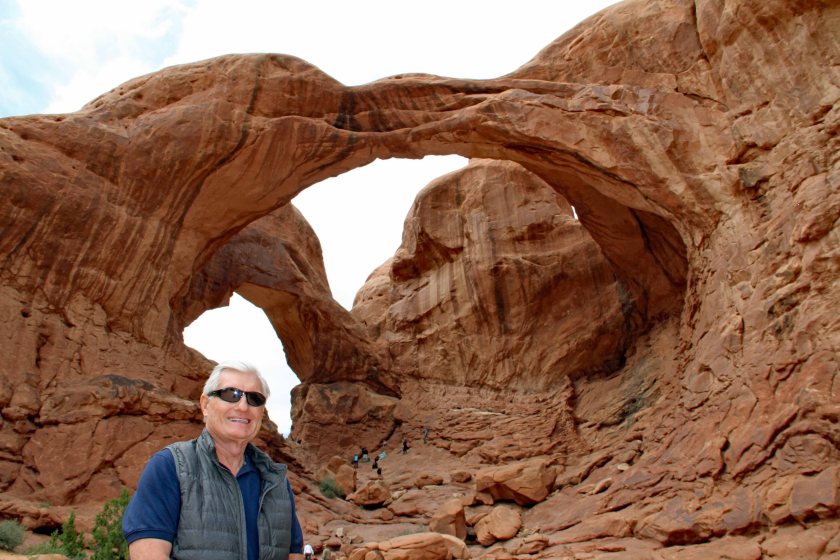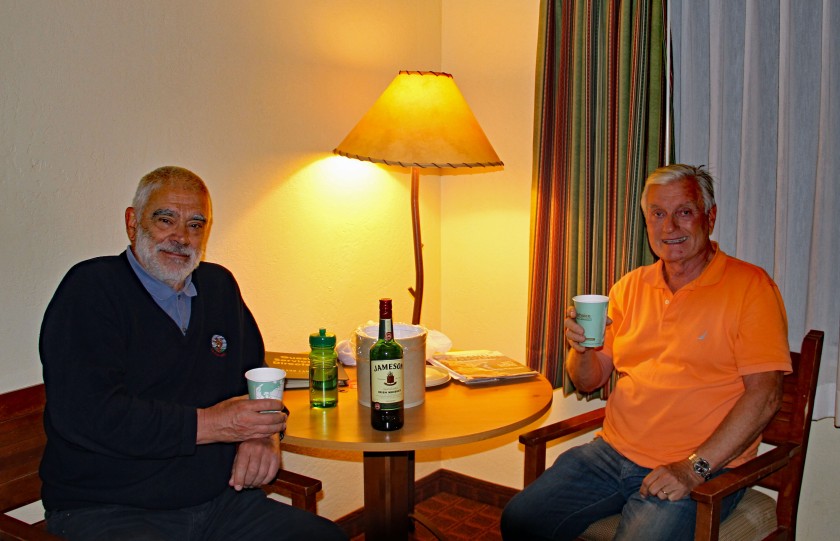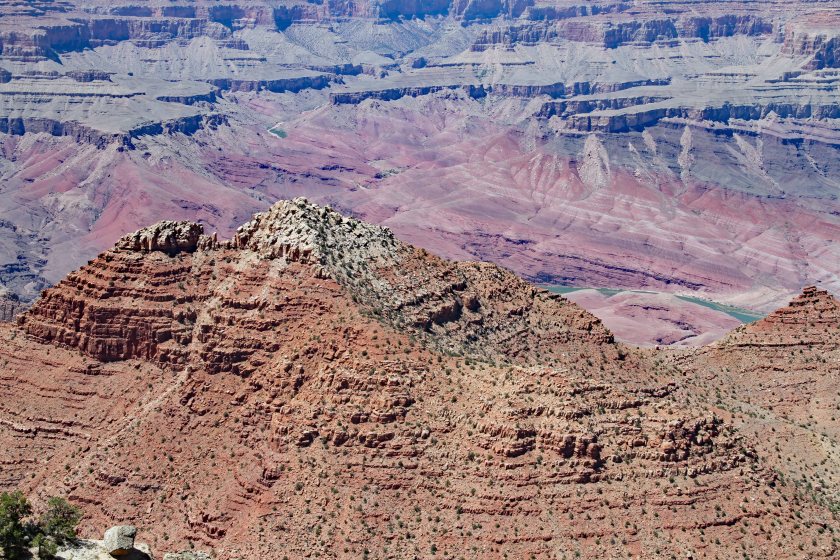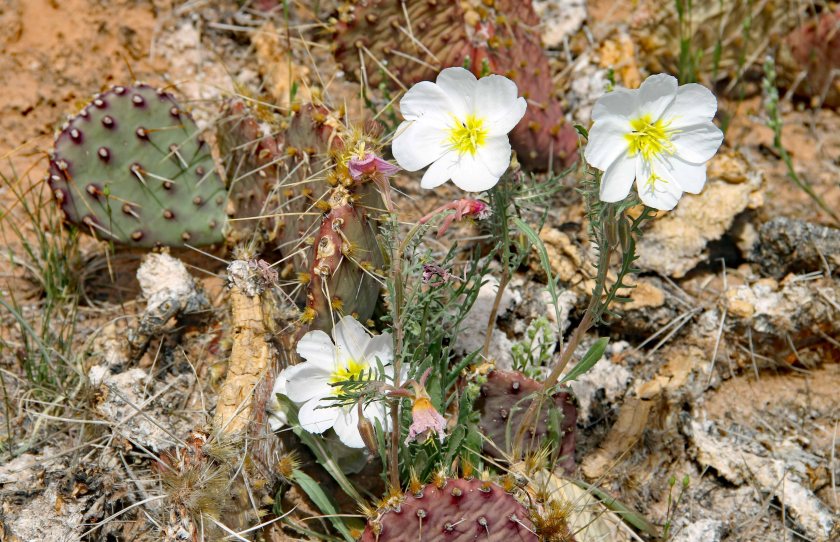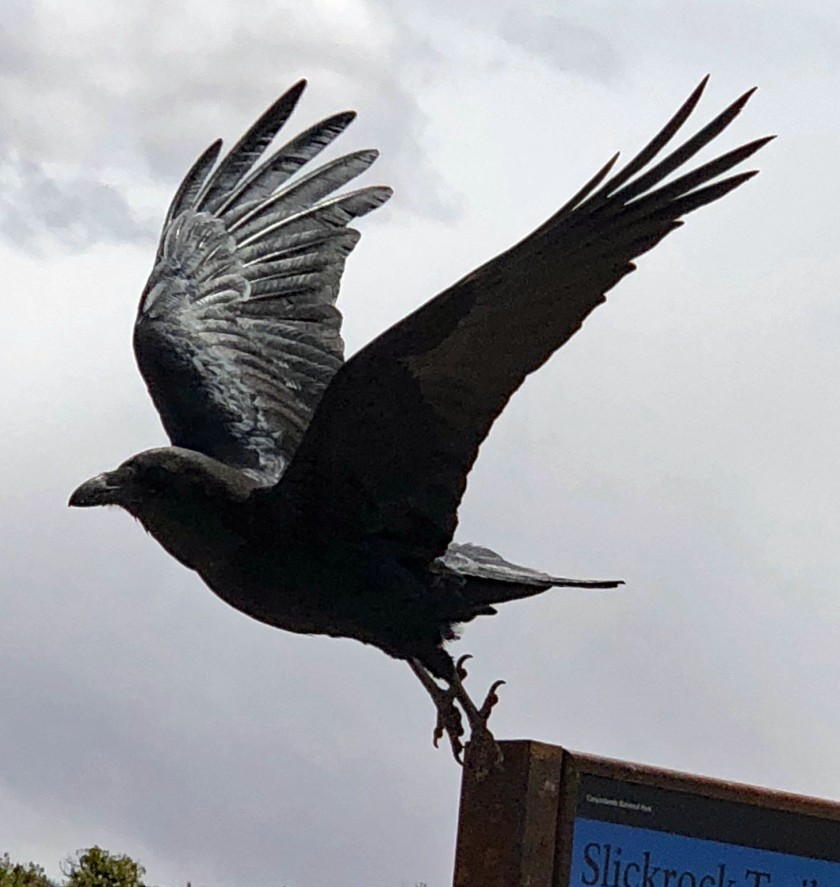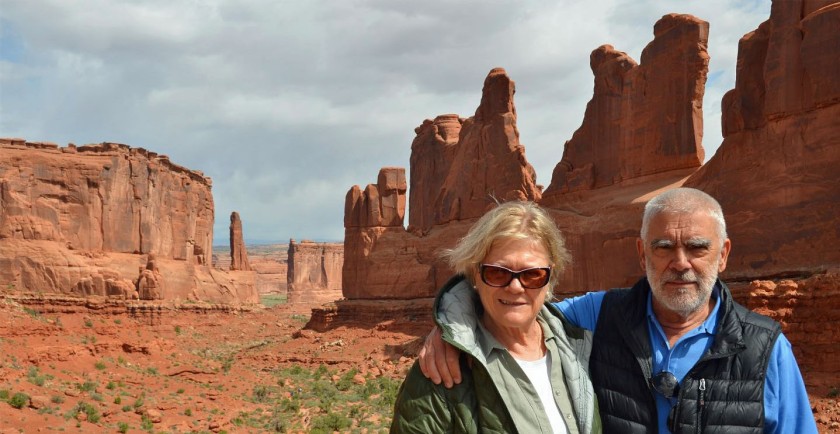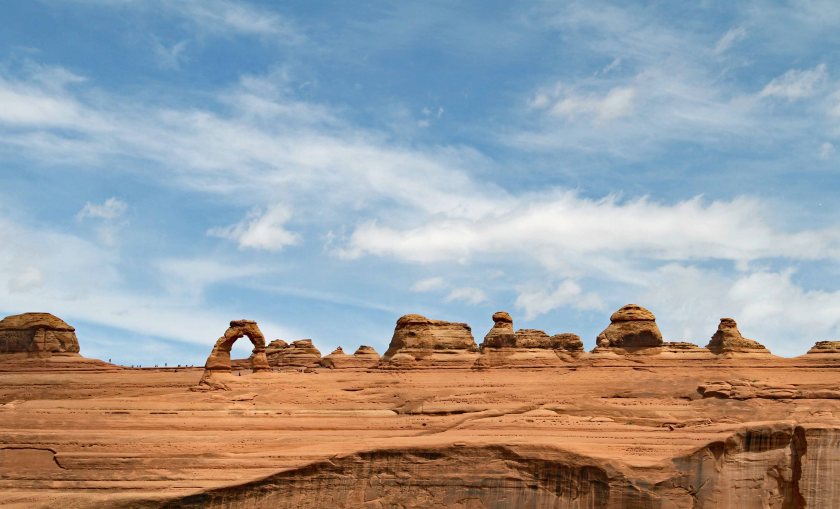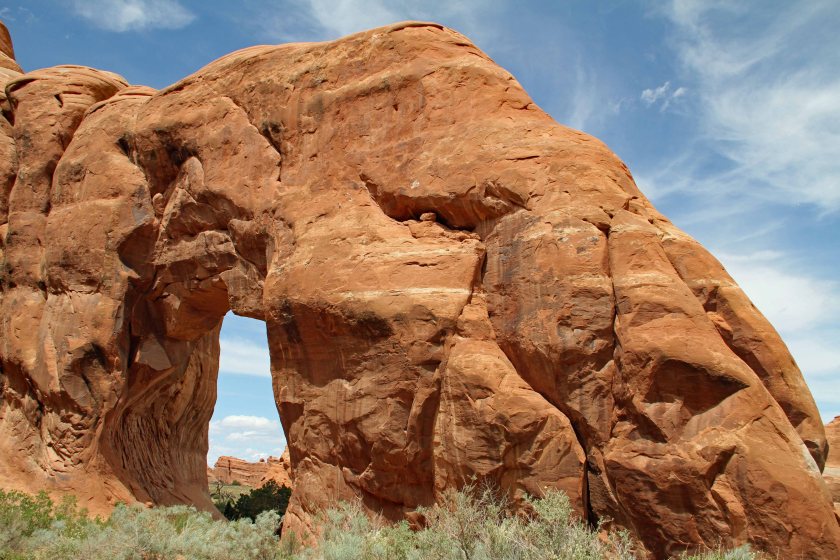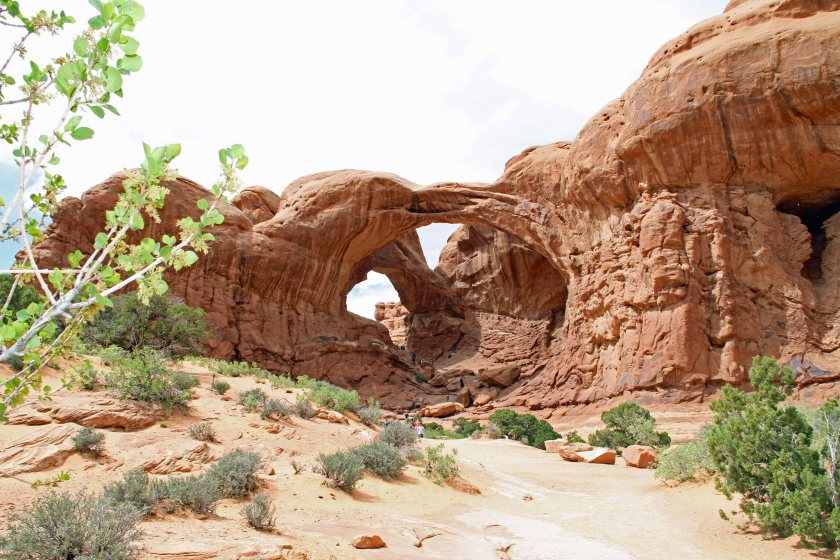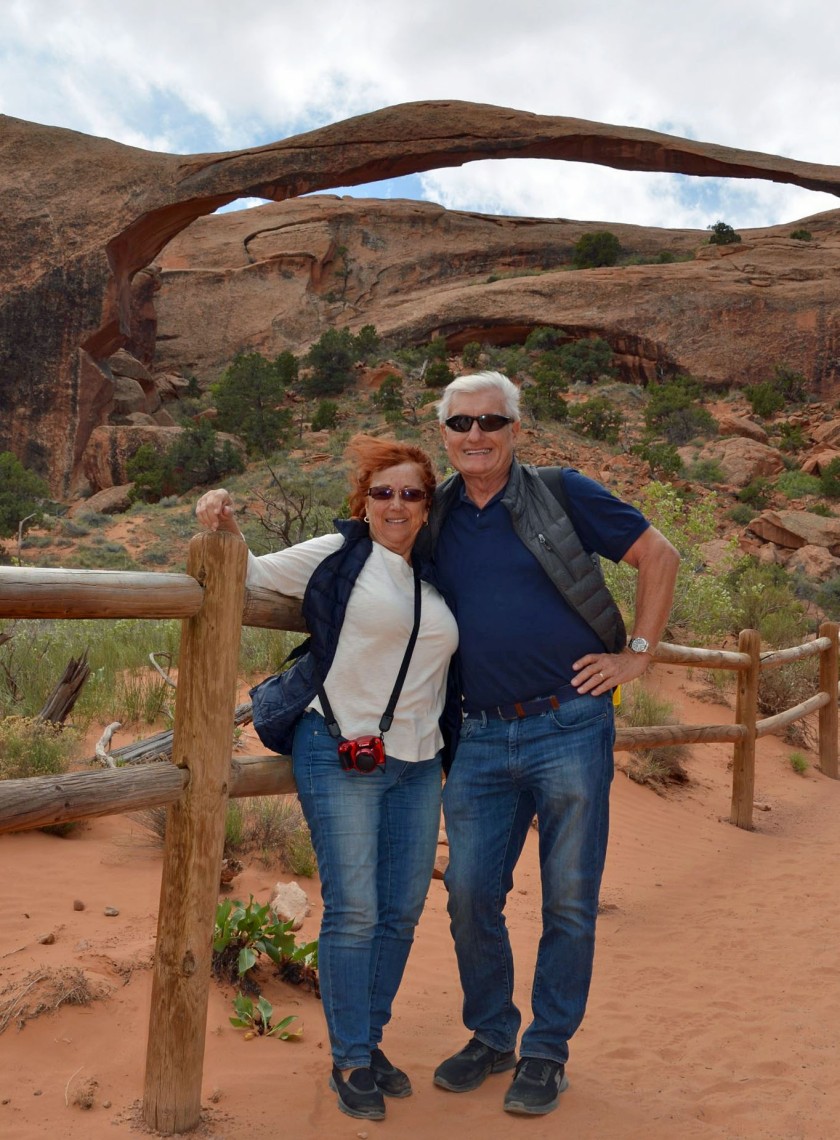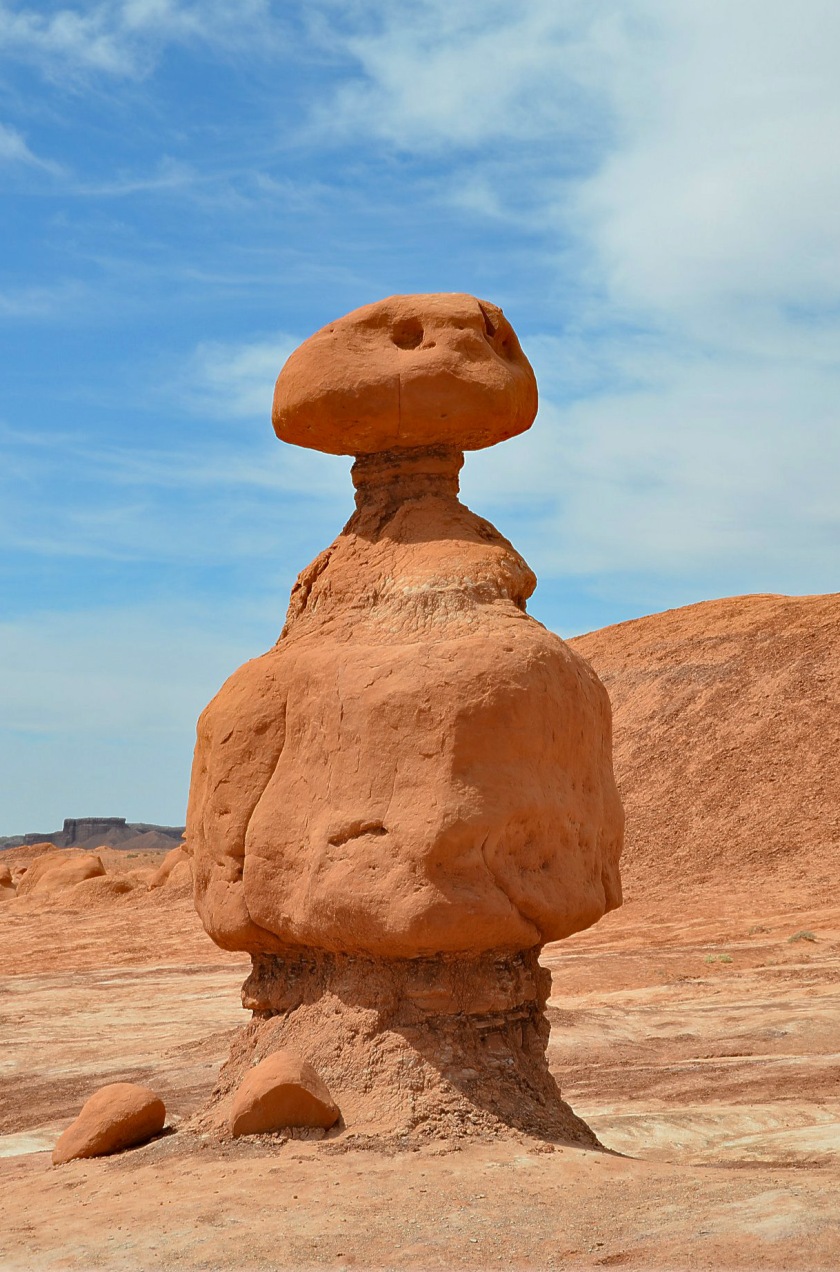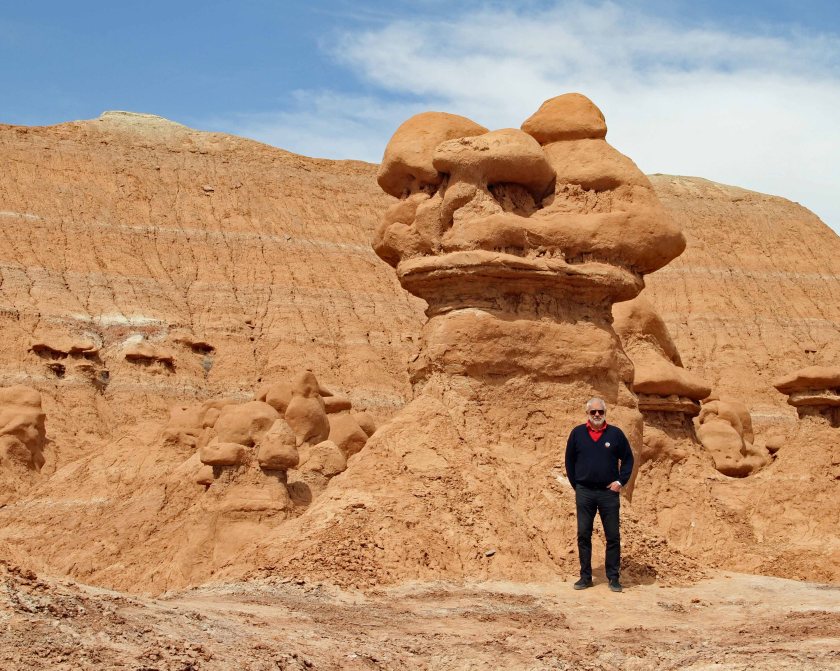It is said that all good things must come to an end and sadly, our Grand Circle Tour did as well. It was an amazing trip, covering three states, over 1,600 miles, six national parks, multiple state parks, and so many other points of interest along the way. We were in awe of nature’s beauty and felt honored to be able to experience landscapes that took literally millions of years to be created.
It was a humbling experience. For anyone who is overly impressed with themselves or their worldly accomplishments, I suggest standing on the edge of the Grand Canyon. It might serve to put things back into perspective.

As we traveled in our trusty Kia Sedona, we were treated to a constant and ever-changing display of nature’s beauty. The panoramas were dramatic and diverse and never failed to deliver unexpected surprises throughout the trip. As the journey came to a close, a few thoughts came to mind:
- The U.S. system of national parks is an amazing treasure available to everyone – whether you are a U.S. citizen or not. The National Park Service should be proud of the wonderful work it does today, as well as its long tradition of service. The NPS has ensured that these natural wonders will be protected and preserved for future generations to enjoy. Take advantage of it. Consider an annual pass or a lifetime senior pass if your plans include multiple parks. (Our passes paid off after three visits.)

- Our trip was definitely an “overview” trip. We barely scratched the surface. You could easily spend a week or more in each of the national parks and not run out of things to do. The parks are vast areas with numerous hiking trails allowing closer inspection of sites, time permitting. Staying multiple days in one park might allow you to catch that perfect sunrise or sunset or get up close and personal with your favorite arch or natural bridge.

- For our itinerary, traveling in the minivan and staying in hotels was the right choice. Parking in the more popular parks at scenic overlooks was much easier than it would have been in an RV. For a trip covering fewer parks and fewer miles, an RV might have been the right choice.

- Being prepared for a flexible itinerary and changing weather conditions was a huge plus. We carried small backpacks with us in case our “limited” hiking turned out to be not-so-limited. We suggest carrying water, fruit, granola bars, trail mix, etc. We also suggest having a fleece and a waterproof jacket. We experienced warm and sunny days with temperatures in the 70s and 80s, but we also experienced snow and freezing rain with temperatures in the low 30s.


- We really loved the mom-and-pop, family-owned businesses like Austin’s Chuck Wagon in Torrey, UT and the Stone Lizard Lodge in Blanding, UT. They really went out of their way to make us feel like they appreciated our business.



In closing I would like to offer up these two extremely important tips:
- Always close the hatch to the minivan securely to avoid launching flying duffel bags into oncoming traffic.
- Always close the door behind you to prevent uninvited guests from joining the party.

This was my first attempt to document my travels in a blog format. I hope you have enjoyed the photos and the commentary. My hope is that this information will inspire others to travel to the American Southwest and assist them with their travel planning. I always read and appreciate comments and suggestions.
A huge thanks to Jan for planning and organizing the trip. Many thanks to Dawne, Stefan and Ann for providing so much entertainment and so many laughs and memories along the way!

